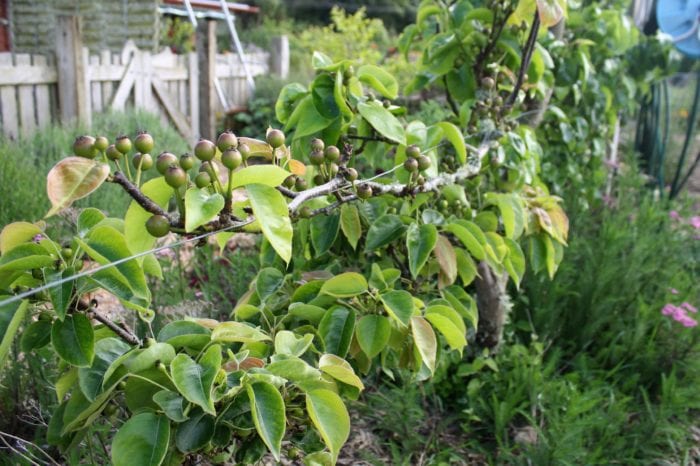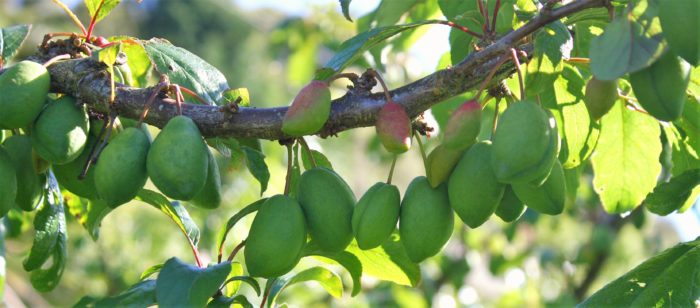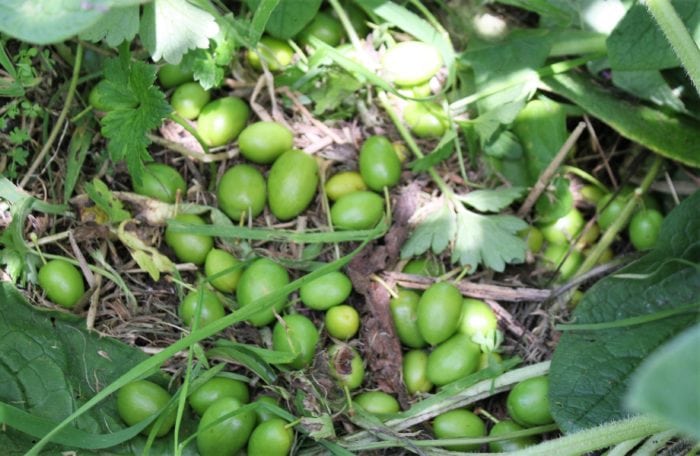How To Thin Fruit (And Why You Need To)


Removing excess fruit from an over-burdened tree rewards you with a more robust tree and better fruit (this year and next). From mid-spring on keep an eye on your fruit trees and thin heavily loaded trees as fruits reach marble size.
Because Steady is Good
Thinning is removing extras to improve the remainder. And it keeps your tree's equilibrium steady. This, to me, is the golden bit - when you thin out the load it distributes the trees juju's evenly over the years. Did you know that at the same time your tree is growing fruits for this year, its also putting energy into spur development - that's next years fruits? So if you stress your tree out this year, theres gonna be less in the pot for next year.
There are of course exceptions to this rule. Some fruit trees carry a mother load year after year without skipping a beat - many plums are like this. Some fruit trees like Tydemans Late apple, are natural biennial bearers - heavy load followed by a light load. So feel free to follow your gut here. Don't thin or thin very lightly. Follow it up with regular visits to watch what unfolds.

Bonuses of Thinning
- improved light for better ripening
- airflow for disease prevention
- prevents biennial bearing (enthusiastic big crop followed by exhausted little crop)
- a better size, better quality fruit
- less of a wildfire approach to disease spread (like having a firebreak)
- less insect hotels (nothing cosier for codlings than three apples squashed up together!)
- a lovely peaceful job among the trees
How To

Thin fruit when it's marble size. Drop thinnings on the ground, returning the carbs to the tree.
Work your way systematically branch by branch. Use seceteurs to cut pipfruits and your thumb and finger to twist stone fruits. Pulling is disastrous! you'll end up taking the whole spur off.
Remove deformed or stunted fruits, leaving the biggest and best to grow on.
Leave 1 fruit per cluster. Yes - you can.
Young trees and struggling trees will do better by far if you remove all of their crop.
Before Thin

After Thin

Spacings
The amount of space to leave between each fruit depends on the full grown size of each variety. As a guide use these
- Peaches and Nectarines 10 - 15cm
- Apricots 10cm
- Plums 5 - 10cm
- Apples 15 - 25cm
- Pears 10 - 15cm
